- English
- French
- German
- Portuguese
- Spanish
- Russian
- Japanese
- Korean
- Arabic
- Greek
- German
- Turkish
- Italian
- Danish
- Romanian
- Indonesian
- Czech
- Afrikaans
- Swedish
- Polish
- Basque
- Catalan
- Esperanto
- Hindi
- Lao
- Albanian
- Amharic
- Armenian
- Azerbaijani
- Belarusian
- Bengali
- Bosnian
- Bulgarian
- Cebuano
- Chichewa
- Corsican
- Croatian
- Dutch
- Estonian
- Filipino
- Finnish
- Frisian
- Galician
- Georgian
- Gujarati
- Haitian
- Hausa
- Hawaiian
- Hebrew
- Hmong
- Hungarian
- Icelandic
- Igbo
- Javanese
- Kannada
- Kazakh
- Khmer
- Kurdish
- Kyrgyz
- Latin
- Latvian
- Lithuanian
- Luxembou..
- Macedonian
- Malagasy
- Malay
- Malayalam
- Maltese
- Maori
- Marathi
- Mongolian
- Burmese
- Nepali
- Norwegian
- Pashto
- Persian
- Punjabi
- Serbian
- Sesotho
- Sinhala
- Slovak
- Slovenian
- Somali
- Samoan
- Scots Gaelic
- Shona
- Sindhi
- Sundanese
- Swahili
- Tajik
- Tamil
- Telugu
- Thai
- Ukrainian
- Urdu
- Uzbek
- Vietnamese
- Welsh
- Xhosa
- Yiddish
- Yoruba
- Zulu
How Does 6Al4V AMS 4928 Compare to Other Titanium Alloys?
2025-07-11 09:54:29
6Al4V AMS 4928 Titanium Bar is a widely used titanium alloy known for its exceptional strength-to-weight ratio, corrosion resistance, and biocompatibility. This alloy is particularly popular in aerospace, medical, and industrial applications due to its unique combination of properties. When comparing 6Al4V AMS 4928 to other titanium alloys, it's essential to consider various factors such as mechanical properties, heat treatment responses, and specific use cases. In this blog post, we'll explore how 6Al4V AMS 4928 stacks up against other titanium alloys and discuss its advantages and potential limitations.
|
|
|
What are the key differences between 6Al4V AMS 4928 and Ti-6Al-4V ELI?
6Al4V AMS 4928 Titanium Bar and Ti-6Al-4V ELI (Extra Low Interstitial) are both variants of the popular Ti-6Al-4V alloy, but they have some distinct differences that make them suitable for different applications. The main distinction lies in their composition and the resulting mechanical properties.
Composition: 6Al4V AMS 4928 is the standard grade of Ti-6Al-4V, containing 6% aluminum and 4% vanadium as its primary alloying elements. Ti-6Al-4V ELI, on the other hand, has lower levels of interstitial elements such as oxygen, nitrogen, and iron. This reduction in interstitial elements results in improved ductility and fracture toughness.
Mechanical Properties: Due to its lower interstitial content, Ti-6Al-4V ELI exhibits slightly lower strength but higher ductility compared to 6Al4V AMS 4928. This makes Ti-6Al-4V ELI more suitable for applications requiring enhanced fracture toughness and fatigue resistance, such as cryogenic vessels and certain medical implants.
Biocompatibility: While both alloys are considered biocompatible, Ti-6Al-4V ELI is often preferred for medical implants due to its reduced risk of allergic reactions and improved biological response. The lower interstitial content in ELI grade minimizes the potential for adverse tissue reactions.
Heat Treatment Response: Both alloys respond similarly to heat treatment processes, but the ELI grade may require slightly different parameters to achieve optimal properties due to its lower interstitial content.
Cost: Ti-6Al-4V ELI is generally more expensive than 6Al4V AMS 4928 due to the tighter controls on composition and processing required to achieve the lower interstitial content.
In summary, while 6Al4V AMS 4928 offers excellent overall performance for a wide range of applications, Ti-6Al-4V ELI provides enhanced ductility and fracture toughness at the expense of slightly lower strength. The choice between these alloys depends on the specific requirements of the application, with 6Al4V AMS 4928 being more suitable for general-purpose use and Ti-6Al-4V ELI excelling in applications demanding superior fatigue resistance and biocompatibility.
How does the strength of 6Al4V AMS 4928 compare to other high-strength titanium alloys?
When comparing the strength of 6Al4V AMS 4928 Titanium Bar to other high-strength titanium alloys, it's important to consider various mechanical properties such as tensile strength, yield strength, and fatigue resistance. 6Al4V AMS 4928 is known for its excellent balance of strength, ductility, and toughness, but there are other titanium alloys that offer higher strength in specific applications.
Tensile Strength: 6Al4V AMS 4928 typically has a tensile strength ranging from 895 to 1000 MPa in the annealed condition. This is considered high for many applications, but some newer titanium alloys surpass these values. For example:
- Ti-6Al-2Sn-4Zr-6Mo (Ti-6246) can achieve tensile strengths up to 1380 MPa
- Ti-5Al-5Mo-5V-3Cr (Ti-5553) can reach tensile strengths of 1250-1450 MPa
- Beta-C (Ti-3Al-8V-6Cr-4Mo-4Zr) can exhibit tensile strengths up to 1380 MPa
Yield Strength: The yield strength of 6Al4V AMS 4928 typically ranges from 825 to 910 MPa in the annealed condition. While this is sufficient for many applications, some high-strength titanium alloys offer higher yield strengths:
- Ti-6246 can achieve yield strengths up to 1240 MPa
- Ti-5553 offers yield strengths in the range of 1170-1380 MPa
- Beta-C can provide yield strengths up to 1310 MPa
Fatigue Resistance: 6Al4V AMS 4928 exhibits good fatigue resistance, which is one of the reasons for its widespread use in aerospace applications. However, some newer alloys have been developed to offer improved fatigue performance:
- Ti-6246 shows superior high-cycle fatigue strength compared to 6Al4V AMS 4928
- Ti-5553 offers excellent fatigue crack growth resistance, particularly in thick sections
It's important to note that while these high-strength alloys may offer superior strength properties, they often come with trade-offs in other areas such as ductility, formability, or cost. 6Al4V AMS 4928 remains a popular choice due to its well-balanced properties and extensive performance data available from decades of use.
The choice of alloy ultimately depends on the specific requirements of the application. For instance, aerospace components requiring higher strength-to-weight ratios might benefit from using Ti-6246 or Ti-5553, while 6Al4V AMS 4928 remains an excellent choice for a wide range of general-purpose applications where its combination of strength, ductility, and fatigue resistance is sufficient.
It's also worth noting that heat treatment and processing methods can significantly affect the mechanical properties of titanium alloys. 6Al4V AMS 4928 can achieve higher strength levels through heat treatment and cold working, which can make it competitive with some high-strength alloys in certain applications.
What are the main advantages of 6Al4V AMS 4928 in aerospace applications compared to other titanium alloys?
6Al4V AMS 4928 Titanium Bar has been a staple in the aerospace industry for decades, thanks to its unique combination of properties that make it well-suited for a wide range of aircraft components. When comparing it to other titanium alloys in aerospace applications, several advantages stand out:
1. Excellent Strength-to-Weight Ratio: One of the primary reasons for using 6Al4V AMS 4928 in aerospace is its high strength-to-weight ratio. This allows for the design of lightweight components that can withstand the high stresses encountered during flight. While some newer alloys may offer higher absolute strength, 6Al4V AMS 4928 provides an optimal balance between strength and weight that is difficult to match.
2. Fatigue Resistance: The fatigue properties of 6Al4V AMS 4928 are exceptional, making it ideal for components subjected to cyclic loading, such as airframe structures and engine parts. Its resistance to fatigue crack initiation and propagation helps ensure the longevity and safety of critical aerospace components.
3. Corrosion Resistance: 6Al4V AMS 4928 exhibits excellent corrosion resistance in various environments, including exposure to atmospheric conditions and many chemicals. This property is crucial for aerospace applications where components are exposed to diverse environmental conditions and potentially corrosive substances.
4. Temperature Performance: While not suitable for the highest temperature applications in jet engines, 6Al4V AMS 4928 maintains its mechanical properties well at moderately elevated temperatures. It can be used in applications with service temperatures up to about 400°C (752°F), which covers a wide range of aerospace needs.
5. Weldability: Compared to some other high-strength titanium alloys, 6Al4V AMS 4928 offers good weldability. This is particularly important in aerospace manufacturing, where complex structures often require joining of components through welding processes.
6. Extensive Performance Data: With decades of use in the aerospace industry, there is a wealth of performance data and experience with 6Al4V AMS 4928. This extensive knowledge base allows for more confident design and risk assessment, which is crucial in the safety-critical aerospace sector.
7. Availability and Cost: Due to its widespread use, 6Al4V AMS 4928 is readily available from multiple suppliers and in various product forms. This availability, coupled with established processing techniques, often makes it more cost-effective than newer, more specialized titanium alloys.
8. Versatility: 6Al4V AMS 4928 can be used in a wide range of aerospace applications, from airframe structures to landing gear components and engine parts. This versatility simplifies inventory management and reduces the complexity of material selection processes for manufacturers.
9. Heat Treatment Response: The alloy responds well to heat treatment, allowing for tailoring of properties to meet specific application requirements. This flexibility is valuable in aerospace design, where components often need to meet precise property specifications.
10. Machining Characteristics: While titanium alloys are generally challenging to machine, 6Al4V AMS 4928 has well-established machining parameters and techniques. This knowledge base facilitates the manufacturing of complex aerospace components with tight tolerances.
In conclusion, while newer titanium alloys may offer advantages in specific niche applications, 6Al4V AMS 4928 Titanium Bar remains a go-to material for many aerospace components due to its well-rounded property profile, extensive performance history, and overall reliability. Its combination of strength, fatigue resistance, corrosion resistance, and processability makes it an excellent choice for a wide range of aerospace applications, from structural components to engine parts.
At SHAANXI CXMET TECHNOLOGY CO., LTD, we take pride in our extensive product range, which caters to diverse customer needs. Our company is equipped with outstanding production and processing capabilities, ensuring the high quality and precision of our products. We are committed to innovation and continuously strive to develop new products, keeping us at the forefront of our industry. With leading technological development capabilities, we are able to adapt and evolve in a rapidly changing market. Furthermore, we offer customized solutions to meet the specific requirements of our clients. If you are interested in our products or wish to learn more about the intricate details of our offerings, please do not hesitate to contact us at sales@cxmet.com. Our team is always ready to assist you.
References
- ASM International. (2015). ASM Handbook, Volume 2: Properties and Selection: Nonferrous Alloys and Special-Purpose Materials.
- Boyer, R., Welsch, G., & Collings, E. W. (1994). Materials Properties Handbook: Titanium Alloys. ASM International.
- Leyens, C., & Peters, M. (Eds.). (2003). Titanium and Titanium Alloys: Fundamentals and Applications. John Wiley & Sons.
- Lutjering, G., & Williams, J. C. (2007). Titanium (2nd ed.). Springer-Verlag Berlin Heidelberg.
- Peters, M., Kumpfert, J., Ward, C. H., & Leyens, C. (2003). Titanium Alloys for Aerospace Applications. Advanced Engineering Materials, 5(6), 419-427.
- Rack, H. J., & Qazi, J. I. (2006). Titanium alloys for biomedical applications. Materials Science and Engineering: C, 26(8), 1269-1277.
- SAE International. (2015). AMS 4928: Titanium Alloy, Sheet, Strip, and Plate, 6Al-4V, Annealed.
- Donachie, M. J. (2000). Titanium: A Technical Guide (2nd ed.). ASM International.
- Veiga, C., Davim, J. P., & Loureiro, A. J. R. (2012). Properties and applications of titanium alloys: A brief review. Reviews on Advanced Materials Science, 32(2), 133-148.
- Inagaki, I., Takechi, T., Shirai, Y., & Ariyasu, N. (2014). Application and Features of Titanium for the Aerospace Industry. Nippon Steel & Sumitomo Metal Technical Report, 106, 22-27.


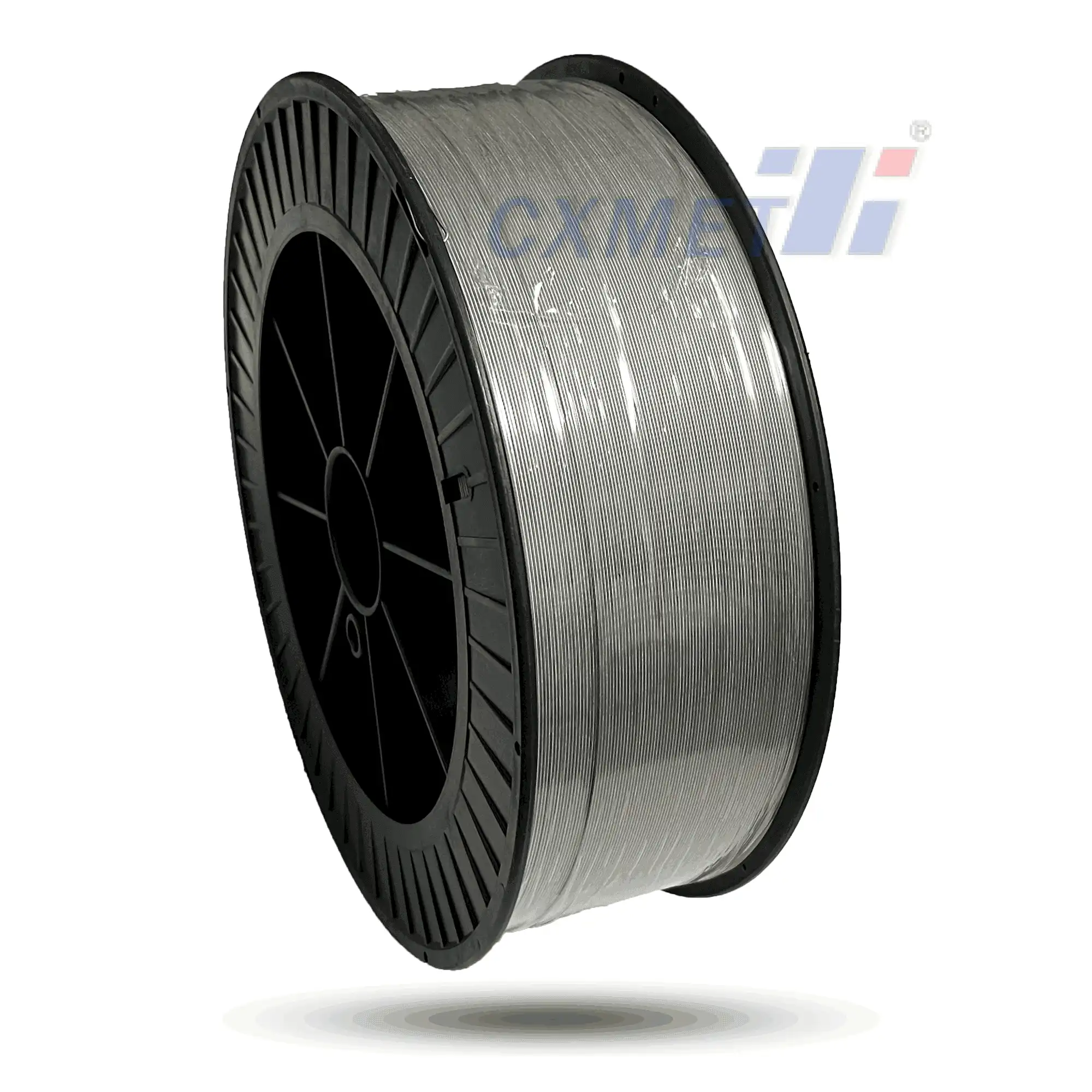
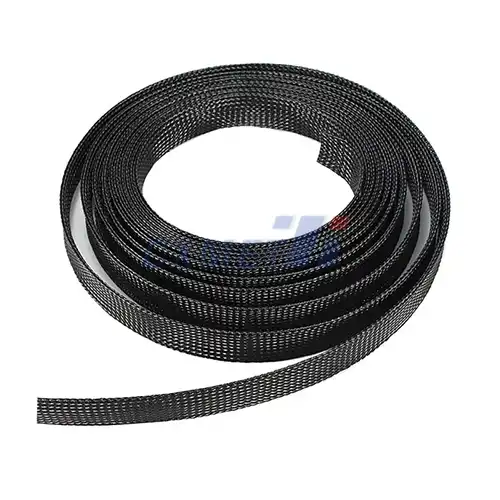
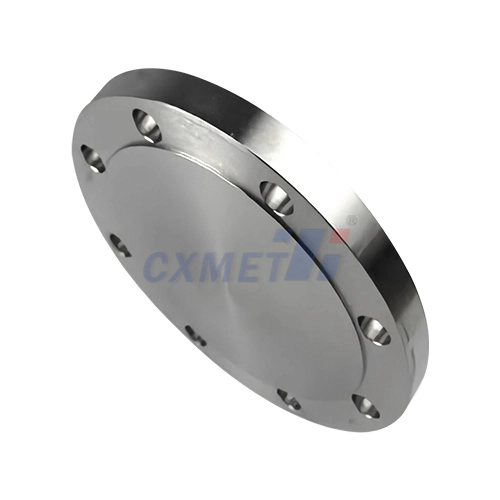
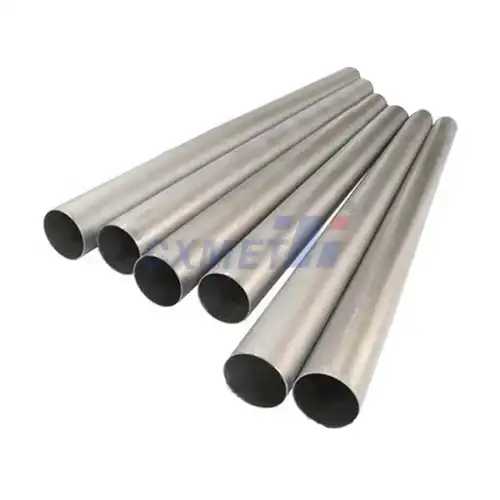
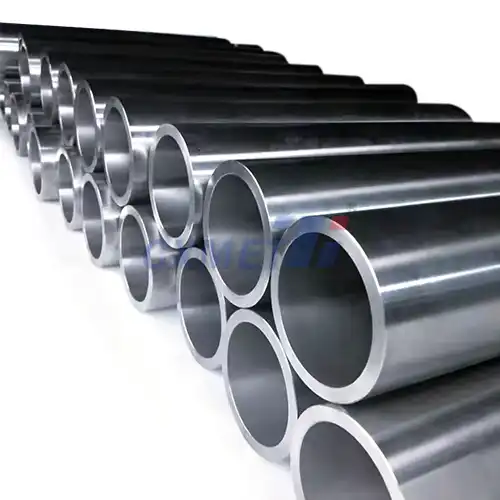
.webp)